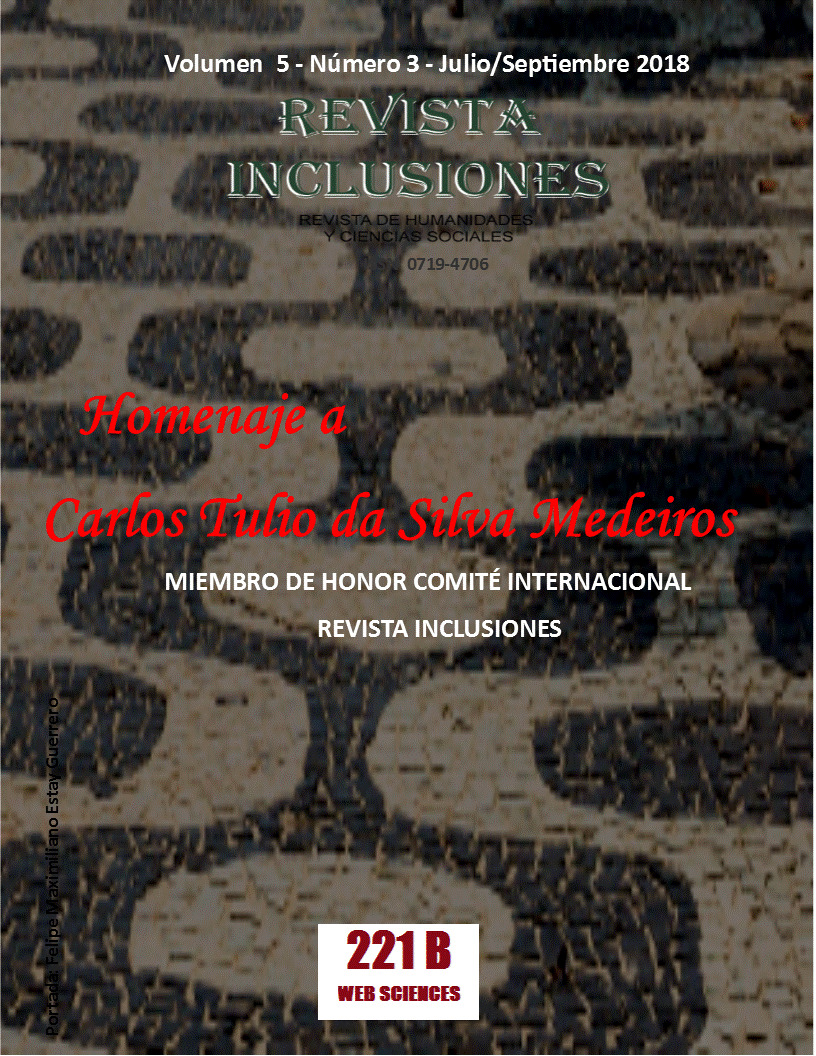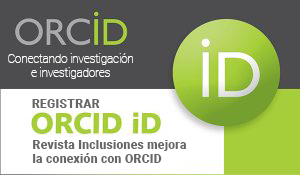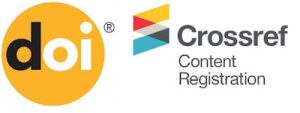POLLUTION IN HIDALGO (MEXICO). FROM THE EXPLICIT TO THE INTENTIONALITY IN THE DISCOURSE OF THE WRITTEN PRESS
Keywords:
Discourse analysis, Environmental pollution, Written press, Hidalgo, Media agendaAbstract
The decades of the seventies and eighties of the twentieth century are the beginning of systematic scientific studies on the negative impact of human activity on the ozone layer, the region of the atmosphere that protects the planet from harmful ultraviolet rays. The media begins to include this topic, which covers multiple aspects: deforestation, global warming: climate change, contamination by toxic waste, depletion of aquifers, etcetera. However, research in the field of communication is still scarce. The objective of this article is to focus on the magnitude of the environmental problems, specifically in the Tula-Tepeji Region of the state of Hidalgo (Mexico) because it is considered by the United Nations (UN) as the most polluted on the planet and to identify the treatment that five newspapers of the entity have given to the problem. The methodology used was discourse analysis, considered as the study of the language in relation to its context. We worked on two levels: quantitative and qualitative. In the latter, the dominant discursive actions and the protagonists of the information were located, that is, the issuers of the messages. The hypothesis was confirmed that the environmental problems are precarious in the agenda of the five newspapers analyzed. The informative note is the most used and only one report was placed in a corpus of 58 texts corresponding to the year 2015, from January to December.
Published
Versions
- 18-01-2021 (2)
- 30-04-2018 (1)
How to Cite
Issue
Section
Copyright (c) 2018 Dra. Rosa María Valles Ruiz , Dra. Rosa María González Victoria , Dra. Sandra Flores Guevara

This work is licensed under a Creative Commons Attribution-NonCommercial 4.0 International License.
Los autores retienen los derechos de autor y otorgan a Revista Inclusiones el derecho de publicación bajo Creative Commons Attribution 4.0 International (CC BY 4.0). Esto permite el uso, distribución y reproducción en cualquier medio, siempre que se otorgue la debida atribución al autor.











